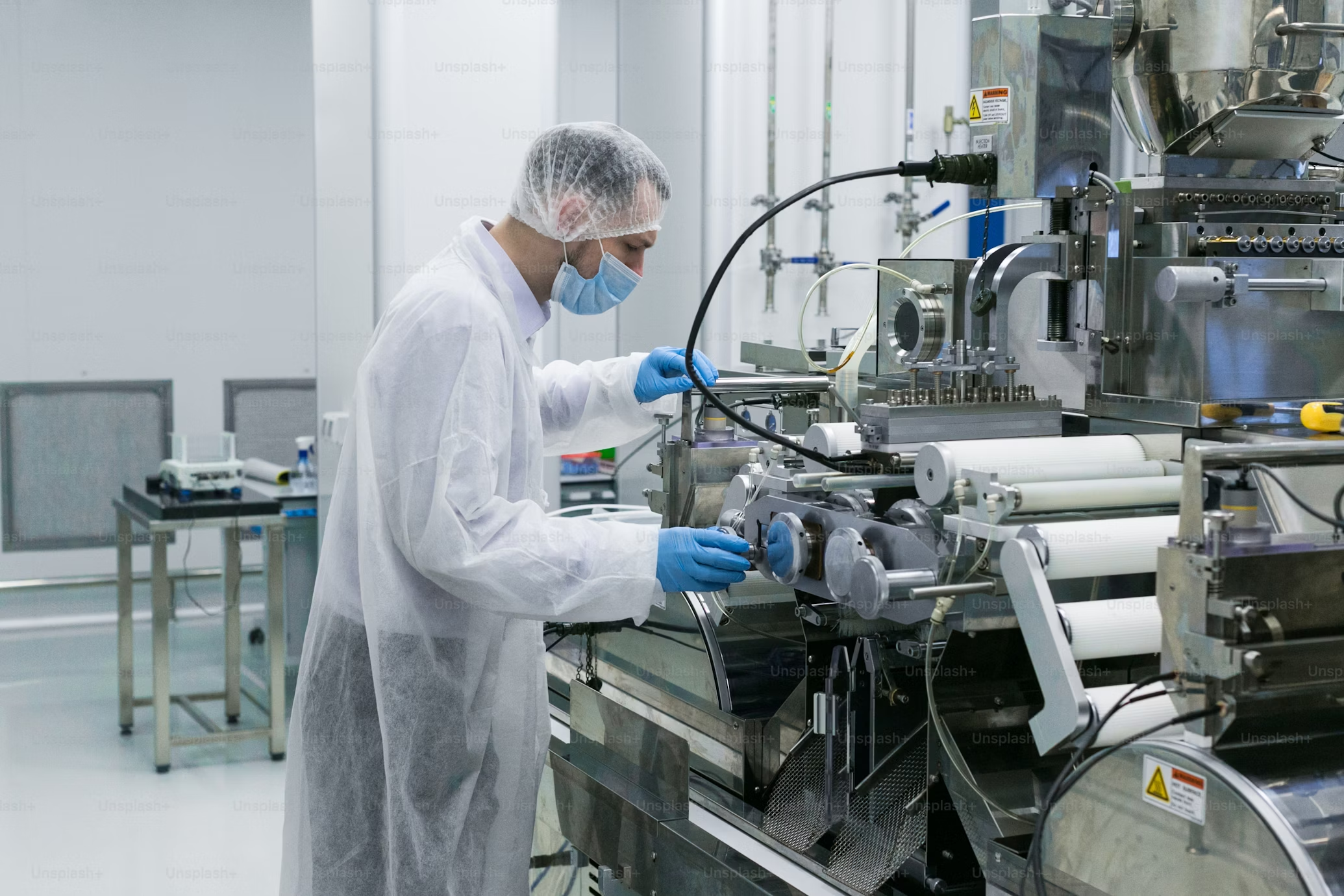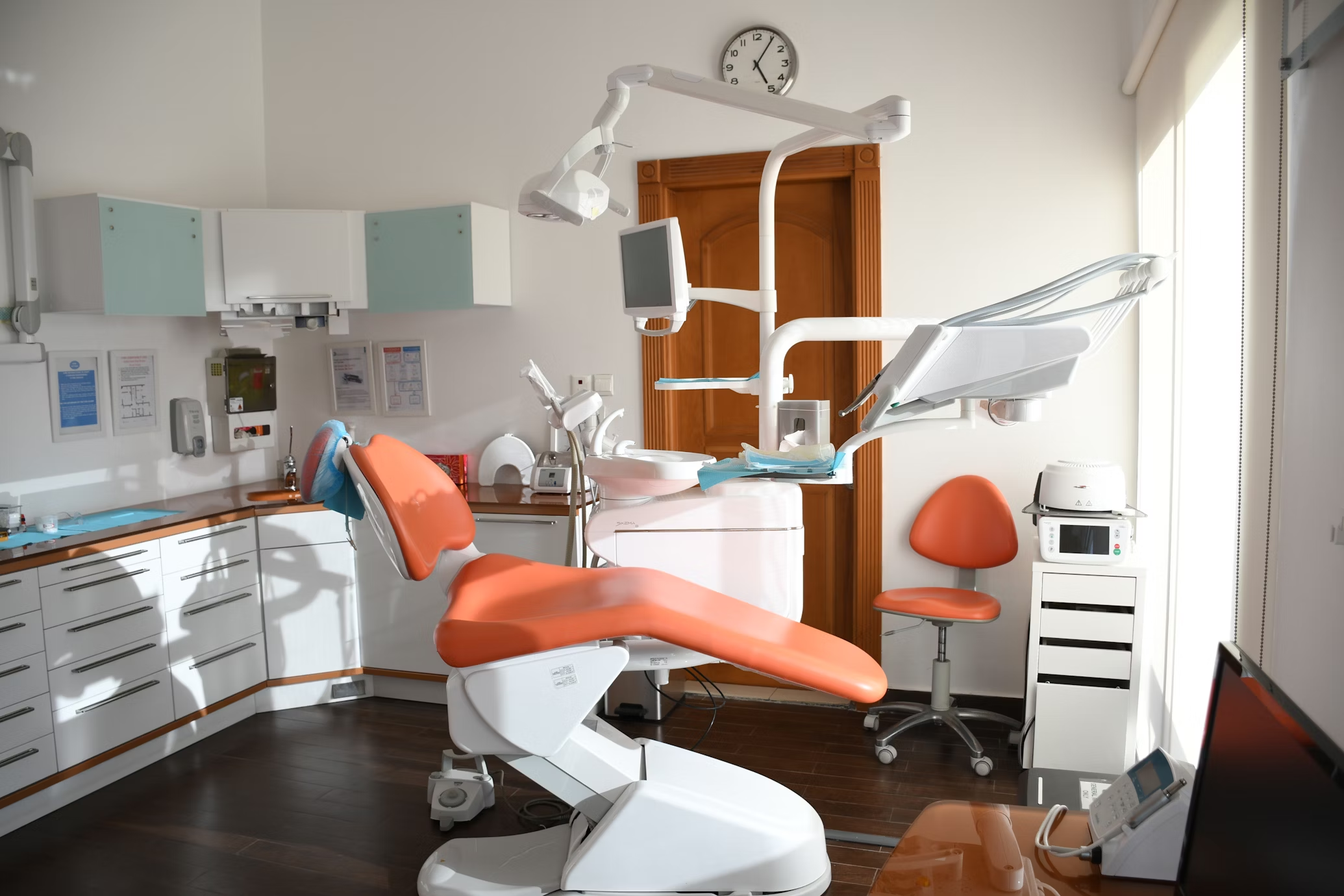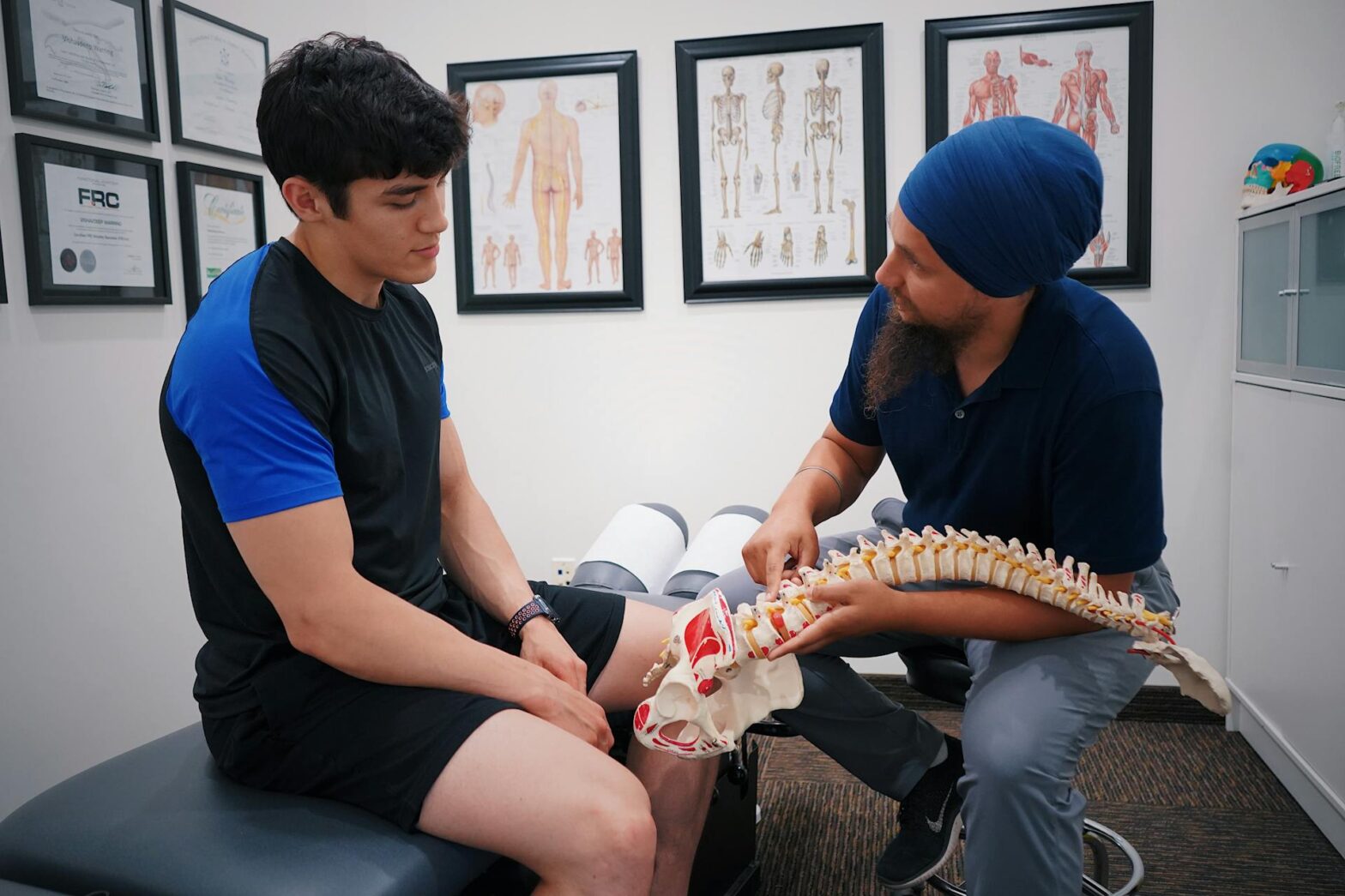By James Minards, Country Sales Manager for the UK & Ireland at GHX
Unlike the traditional challenges of winter flu season, the ongoing demand for medical grade protection (PPE) created by COVID-19 now extends to non-acute settings such as care homes and GP surgeries. If they are to avoid the PPE shortages seen at the beginning of the year in any future pandemic situation, non-acute Community Trust settings need to adopt a supply chain system that puts ease, speed and efficiency of requisition at its core.
In recent years, digitalisation has transformed hospital supply chains to make them more resilient and more efficient in both inventory management and requisitioning. For non-acute settings, this digital approach might provide the answer.
The challenge for Community Trusts
Whilst a lot of attention has been paid to stock levels in front-line settings such as hospitals and the new Nightingale centres, some of the same supply chain problems within non-acute settings were initially overlooked. If the UK is to effectively respond to future pandemics, it needs to take seriously the challenges faced by Community Trusts in securing adequate amounts of PPE with their current inventory management and requisitioning systems.
In many cases, NHS Community Trusts serve huge populations of people across multiple sites spread over large geographic locations. These three factors contribute to a traditional supply chain model that is cumbersome and ill-equipped to effectively tackle a pandemic response. Whilst hospital supply chains have become much more sophisticated thanks to the use of digital inventory management and data driven requisitioning, many non-acute settings still rely on manual material orders and inventory updates.
The decentralised nature of these manual processes, where a care home in one town would handle its own procurement independently of a GP surgery in the next town, leads to an inability by the central Trust to gain proper visibility on stock levels and inefficient budget control. Whilst these are problems in normal times, they can lead to dangerous emergency stock shortages during a crisis.
Looking ahead, how can non-acute settings improve their supply chain resilience to improve responses to future crises?
Digitalising our healthcare sector
Implementing a similar digital system to those found in acute settings into non-acute settings is both simple and accessible.
Systems can be “bolted on” to existing IT assets and infrastructure using web-based applications, which allows any digital transformation to be seamlessly integrated with existing ERP systems across a diverse range of non-acute settings. This approach, as well as being invaluable to the Community Trusts with multiple sites across a large geographic area, is also financially efficient; the ability to use existing IT assets means that there need be no expensive investment in new hardware, allowing for the often tight Trust budgets to integrate this technology without any detrimental side-effects to the quality of other front-line services.
Digitalisation of areas such as inventory management has a number of benefits, from increased stock visibility to improved efficiency that allows for front-line staff to spend more time with patients rather than manually recording and updating inventory records. The process of implementing new inventory management systems typically involves taking years’ worth of procurement and inventory data and analysing this on a ward-by-ward, setting-by-setting basis. This enables a standardised list of products to be created, which ensures that the most critical items can be replenished automatically when stock levels dip too low. By integrating this with a streamlined inventory check system, such as handheld barcode scanners, clinical staff can automatically update stock levels as and when they use medical equipment or PPE. This allows for real-time data on stock levels, as well as freeing up valuable clinical time to enable caregivers to spend more time with patients.
In a non-acute setting, such a system would also streamline and improve the work of procurement teams across Community Trusts by enabling them to see a list of “most purchased” products. This creates a more efficient ordering process where staff across multiple locations can quickly find the items they regularly order. A digital requisitioning application also enables bulk acknowledgment of orders to be made faster from suppliers, helping larger requisition requests to be fulfilled quickly. This feature is especially important in an area where there is a sudden spike in the demand for certain equipment, such as PPE.
Post-pandemic efficiency
Providing non-acute supply chains with digital upgrades has already proven to be an effective way to streamline processes and improve efficiency in Community Trusts.
We recently worked on a supply chain digitalisation project with Norfolk Community Trust, where the implementation of a technology-led approach to inventory management and requisitioning has provided huge benefits even before the onset of the pandemic. Digitalised inventory management gives a much deeper level of insight and visibility into stock levels, enabling an analysis and rationalisation of stock that ultimately helped to reduce the stock range down by 70%. For procurement too, digitalisation has been transformative; a centralised delivery system across the Community Trust has allowed for streamlined procurement processes and delivery logistics, whilst a single, standardised product catalogue ensures that there is a much better level of centralised control on what different locations within the Trust can buy.
One of the many lessons from the COVID-19 pandemic for non-acute settings is there is ‘room for improvement’ when it comes to accepted supply chain processes. The needs of care homes and GP surgeries are just as important as those of hospital wards and, in order to respond effectively to unforeseen crises such as global pandemics, they must have the same streamlined capabilities. If the non-acute sector of our healthcare system is to avoid supply shortages in the midst of future crises, then it must consider digitalising its supply chain system.

















